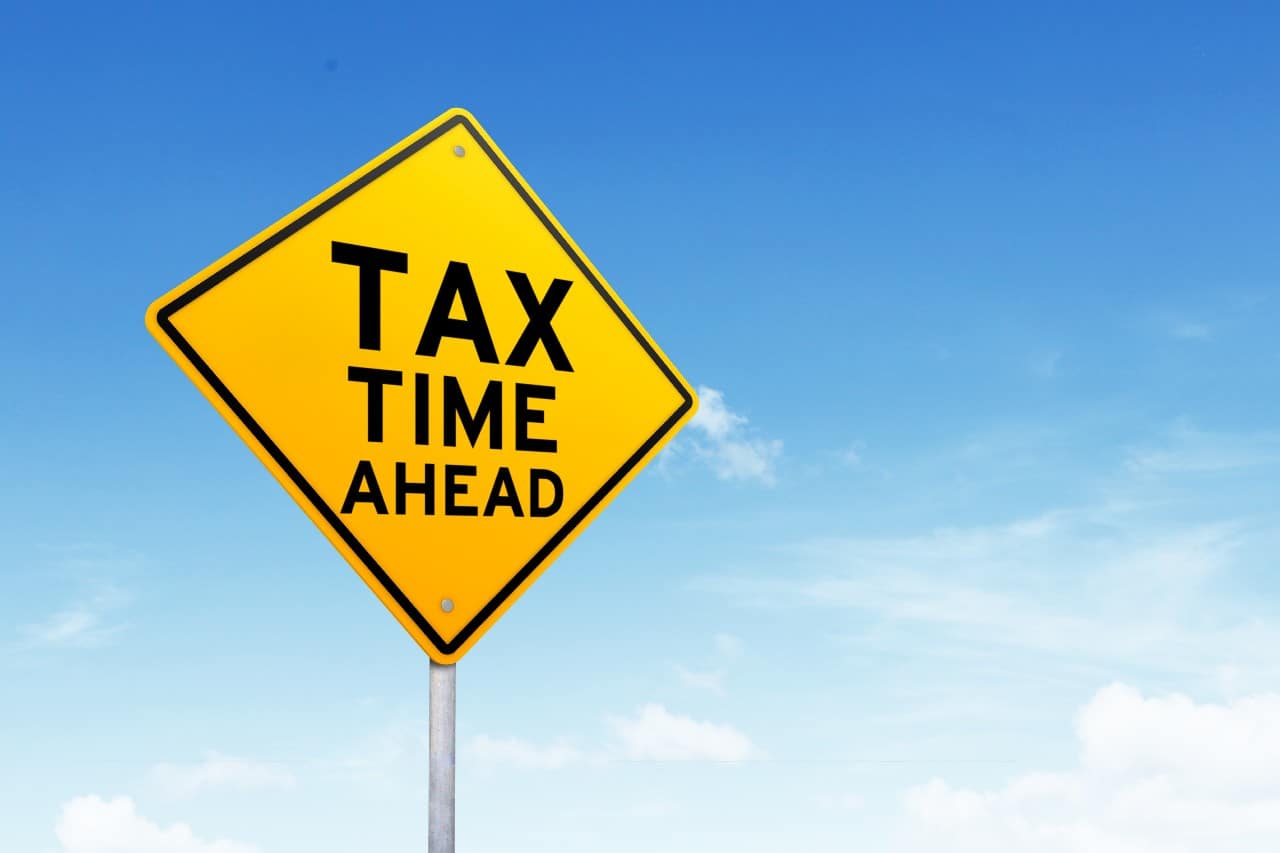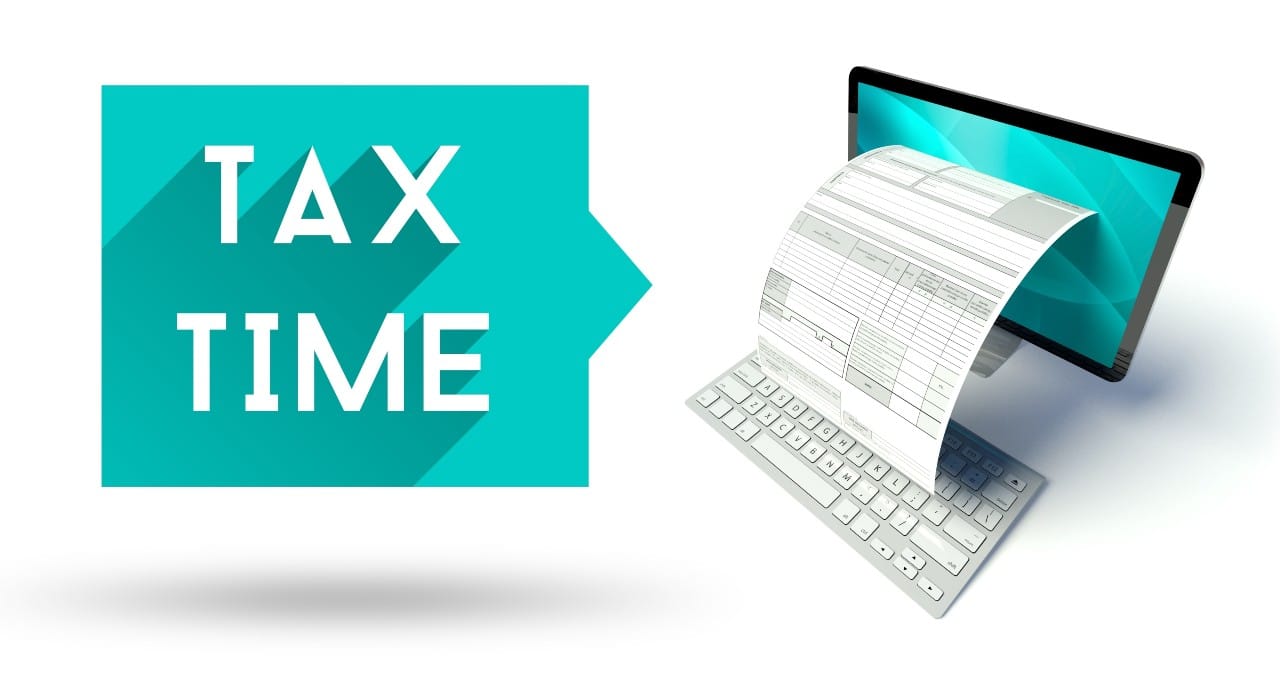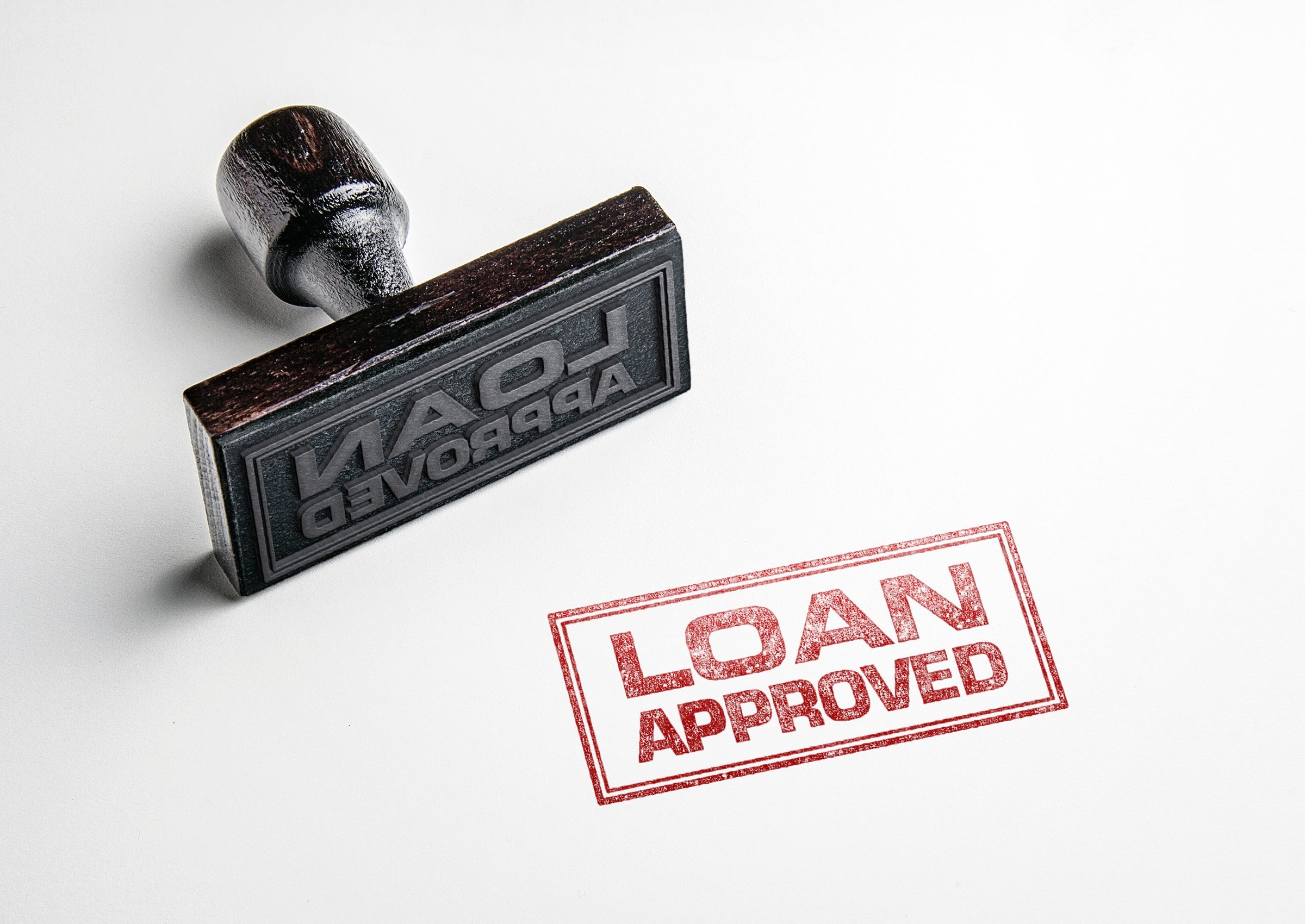If you owe back taxes in Canada, there are solutions and options available to you. In many cases, the Canada Revenue Agency (CRA) is willing to work with Canadians to find a fair and affordable payment plan.
Even if you cannot pay your back taxes, it is important to file your tax returns. The CRA also looks favorably on your record of filing tax returns regularly, even if the payment is difficult for you.
What are back taxes?
Back taxes are unpaid taxes from previous years. You may have back taxes due if you have:
- Not filed your tax returns,
- Underreported your income, or
- Faced financial hardship.
Always file your tax return by the April 30 deadline (for most taxpayers), even if you can’t pay what you owe. This shows the CRA that you’re making an effort from your end and respecting the law by filing returns. If you do owe and don’t file, you risk facing late-filing penalties. If you don’t file your returns at all, you’re likely to face even more penalties overall. The Canada Revenue Agency (CRA) will also be less inclined to work with you for relief options.
Payment arrangements for back taxes
If you can pay the full amount, negotiate a payment arrangement with CRA. Pay your tax debt in installments. The CRA does allow installment plans if you can clear the debt within a year. In this case, you can propose a fair and affordable repayment plan, and they will work out a solution with you.
Contact the CRA and honestly explain your circumstances. If you owe substantial interest or penalties but can pay the principal tax debt, consult a tax lawyer. They may be able to help you negotiate reductions with the CRA.
Consequences of not paying back taxes
Failure to pay taxes triggers penalties and interest charges:
- Interest: Interest compounds daily on unpaid amounts and will be applied retroactively from the original payment due date.
- Late-filing penalty: 5% of the balance owed (principal tax debt), plus 1% per month, for a maximum of 12 months. On a repeat offence, this rises to 10% of the balance owed, plus 2% per month, for a maximum of 20 months.
Over and above penalties, the CRA has the ability to freeze your bank accounts, place a lien on your property, or garnish your wages. The government can also withhold other benefits, like tax credits, which you don’t get if you file. These benefits are another reason to make sure you file your returns every year.
What if you can’t pay back taxes?
- You can negotiate an installment plan, long-term or short-term, even if you cannot pay the full amount.
- You can request relief for demonstrated financial hardship. You must have documented and verifiable evidence.
- Sign up for a consumer proposal or bankruptcy.
Learn more about each below:
Payment plans for back taxes
If you can pay the full amount (including interest and penalties), the CRA allows short-term (up to a year) or long-term payment arrangements. Long-term arrangements may be negotiated for larger debts. You can even set up automatic withdrawals to make sure you’re paying on time.
If you are not able to pay the full amount of your back taxes, you will have to:
- Demonstrate inability to pay the full amount upfront.
- Commit to regular payments.
- File all your outstanding returns first.
- Provide details about your income, your expenses, and propose a payment schedule.
Interest will continue to accrue on the unpaid balance till the process is resolved.
How will the CRA respond to an installment plan proposal for back taxes?
If the CRA accepts your payment proposal, they will then confirm your payment schedule, including things like monthly amounts payable and due dates. If you miss your payments, it may void the agreement between you and the CRA. This can trigger a collections process, like wage garnishment. Your interest and/or penalties keep accruing till your debt is paid in full.
If the CRA does not accept your proposal, you may have to look into a consumer proposal or bankruptcy. Consult a tax professional, credit counsellor, or insolvency trustee if your case is complex.
Taxpayer relief for back taxes
The CRA grants relief from penalties and interest charges in some circumstances. The relief is for situations like:
- Personal illness
- Natural disasters
- Emotional/mental stress
- Being affected by CRA errors or processing delays
To apply for relief, you must demonstrate financial hardship and extraordinary circumstances. Be aware that even if granted, you will still have to pay the principal amount of taxes. Consult a tax lawyer if you need professional support for your situation. The CRA may defer collections if you’re experiencing temporary hardship.
Consumer proposal for back taxes
If you’re truly unable to pay the full amount you owe, a consumer proposal allows you to settle tax debts for less than the full amount. This goes through a LIT (Licensed Insolvency Trustee) who negotiates with the CRA and other creditors on your behalf. A consumer proposal is the only way the CRA may accept an offer to repay less than the full amount.
Bankruptcy for back taxes
In cases of severe debt, bankruptcy can eliminate your unsecured debts, including tax debt. However, bankruptcy can have long-term credit implications. It should be considered a last resort.
Once you file for bankruptcy, they cannot garnish your wages or put a lien on your property. If the CRA has already filed a tax lien on your property, your debt is now considered secured debt. In that case, bankruptcy would not eliminate it.
Tips for handling back taxes and payments
- Don’t ignore your back taxes. Reach out to the Canada Revenue Agency (CRA) and work out a payment plan. Ignoring tax debt will not help the situation.
- File all your tax returns, if outstanding. Prioritize this before you negotiate with the CRA. Even if you don’t have any taxes to pay in a year, you should still file. The CRA would need to see that before working out any payment arrangements or considerations. It also helps you clarify the total tax debt you owe.
- Be prompt and transparent. The sooner you reach out to the CRA, the more options you will have. Being honest about your situation helps. The CRA will be more likely to work with you to create a plan that works for you if they know your specific situation and limitations.
- If you’re facing a complex situation, consider professional help. Consult with a tax professional or opt for credit counselling. Get professional guidance for the best course of action.
Key Takeaways
If you owe back taxes, there are many solutions available to you. The Canada Revenue Agency (CRA) is usually willing to work with taxpayers to find a fair payment plan.
It is important to file your returns annually, even if you cannot pay what you owe. Contact the CRA, explain your situation, and negotiate a payment plan. If you don’t pay your back taxes, it triggers penalties and interest charges. See if you qualify for taxpayer relief. Be proactive and communicate honestly with the CRA. If the CRA does not accept your proposal and you still cannot pay in full, you may have to consider insolvency solutions. A consumer proposal or bankruptcy may allow you to repay less than the full amount due. It does have credit implications. Consult a professional for advice. If you’re currently dealing with debt, contact one of our trained credit counsellors for advice on the right debt relief strategy for your specific situation.










